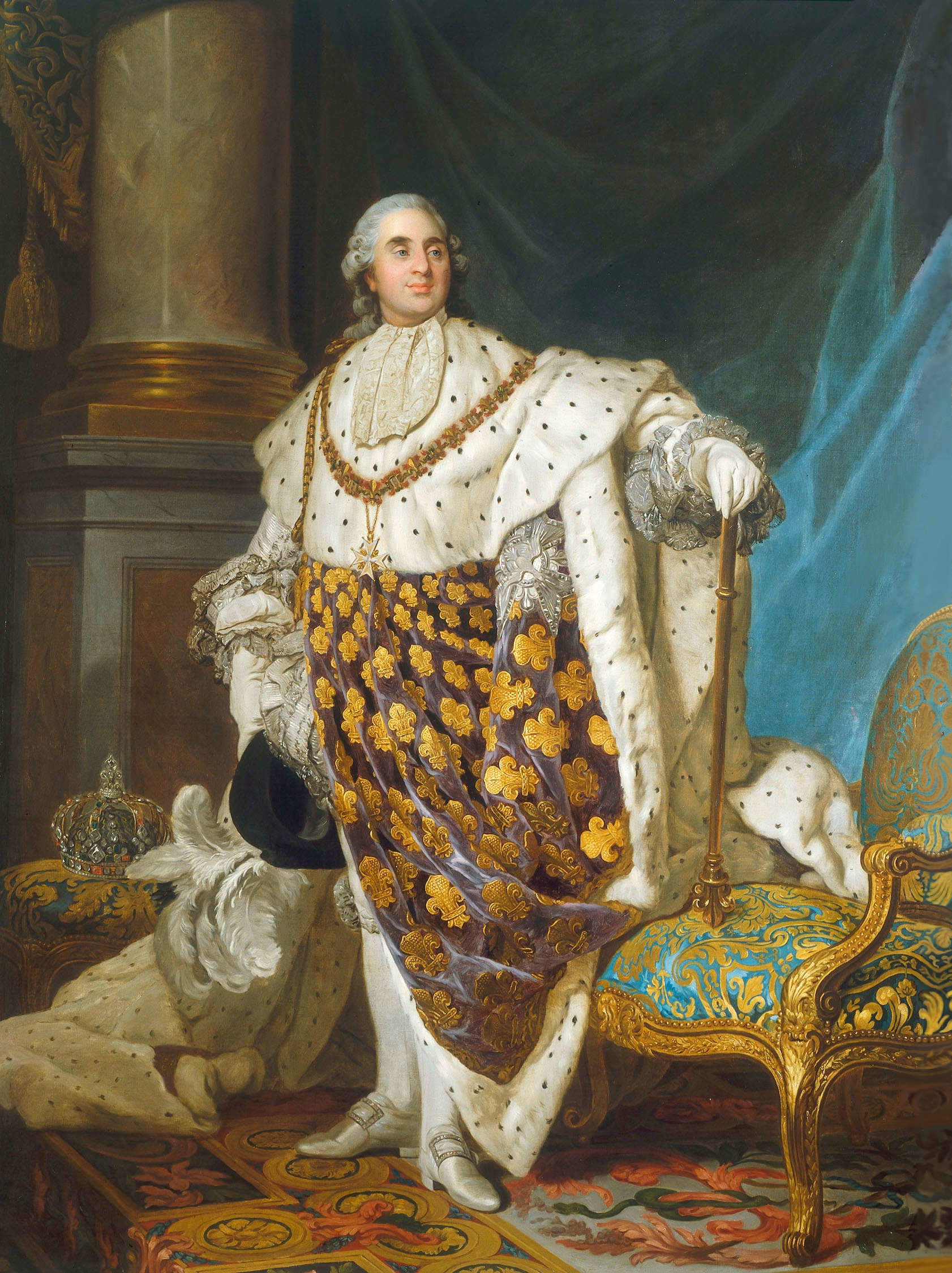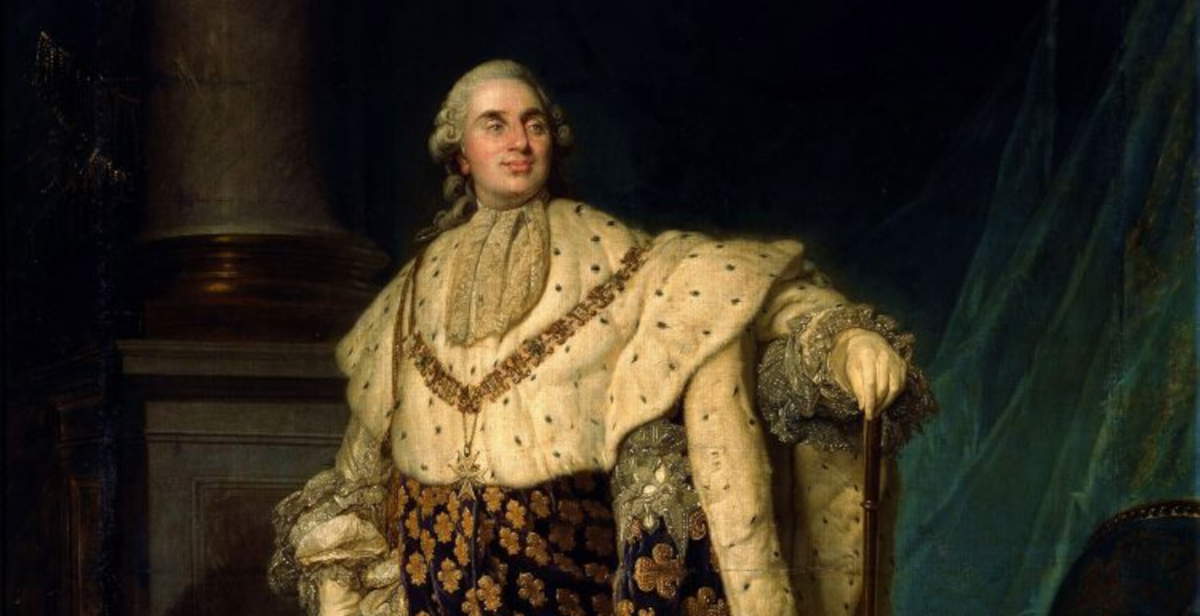From June 14 to Sept. 28, 2025, the Bibliothèque-musée Inguimbertine in Carpentras, France, will host the first major retrospective devoted to Joseph Siffred Duplessis (Carpentras, 1725 - Versailles, 1802), a central figure of official portraiture in 18th-century France who is almost unknown to the general public today. The exhibition, titled Joseph-Siffred Duplessis (1725-1802), L’art de peindre la vie, is part of the tricentennial of the artist’s birth, and brings together some 60 works, including paintings, drawings and preparatory studies, from French and international museums, including the Louvre, the Musée Carnavalet, the Metropolitan Museum of Art in New York and the Musée des beaux-arts du Canada.
The exhibition, curated by Xavier Salmon, director of the Louvre’s Graphic Arts Department and a specialist in 18th-century portraiture, presents a representative selection of Duplessis’ entire career. An academic and official painter and the author of the famous portrait in the sacred robes of Louis XVI, Duplessis portrayed prominent figures of his time, including Benjamin Franklin, the composer Gluck, Jacques Necker and his wife Suzanne Curchod, Marie-Antoinette, members of the clergy, intellectual elites and provincial courts. The exhibition is divided between works from prominent institutions and Inguimbertine’s own collection, which holds 22 works by the artist, the most important public collection known today. These include the author’s only two religious paintings, La Pentecôte and L’Invention de la croix par sainte Hélène, made for Carpentras cathedral in his younger years, after training in Rome in Pierre Subleyras’s atelier.

Duplessis was born on September 22, 1725, in Carpentras, the son of an artisan painter. Initially trained with the monk-painter Brother Imbert at Villeneuve-lès-Avignon, he later moved to Rome, where he refined his technique under Subleyras. Returning to his homeland around 1748, he received his first ecclesiastical commissions. His artistic career was finally consolidated in Paris by 1752, with his admission to the Académie Royale de Peinture in 1769. Among his earliest known portraits is that of Abbé François Arnaud, which marked his debut at the Louvre Salon and attracted the attention of Denis Diderot. Duplessis was immediately appreciated for his ability to capture the individuality of the subjects, the vividness of the gazes, the rendering of the flesh, and his mastery in the depiction of fabrics and ornaments. These qualities earned him the title of “France’s Van Dyck,” as stated in an anonymous review in 1781.
In 1771 he was commissioned to paint the equestrian portrait of Marie-Antoinette, a project that was not completed, perhaps because of the frankness with which the artist portrayed the features of the young archduchess of Austria. In the same year he received the prestigious commission for the official portrait of Louis XVI in royal attire, which was completed in 1777 and became the sovereign’s official iconographic model, also spread through engravings. In addition to official court portraits, Duplessis cultivated solid ties with his home province. Indeed, he continued to portray notables and intellectuals from the Comtat Venaissin and southern French regions, remaining loyal to a clientele that guaranteed him economic autonomy and artistic freedom. Some of these portraits, now in the collection of the Inguimbertine, testify to his skill in constructing sober and effective compositions, dominated by dark backgrounds from which the faces of his subjects emerge forcefully.
The French Revolution marked the decline of his painting career. After 1785, Duplessis, stricken by problems with his eyesight and the loss of his aristocratic clientele, gradually stopped painting. He retired to Carpentras in 1794, where he was given the task of inventorying the district’s art holdings. Two years later he was appointed conservator of the new École française museum set up in the Château de Versailles. He died there on April 1, 1802, in relative anonymity. The Inguimbertine, now located inside the monumental Hôtel-Dieu restored in 2024, hosts the exhibition in a setting that enhances the city’s heritage. The cultural institution, the only one of its kind in France, is conceived as a library-museum, a project rooted in the 18th century when Monsignor d’Inguimbert decided to make his book and art collection public. In addition to the exhibition, the event will be accompanied by a scholarly catalog, published by Lienart, which brings together the approximately two hundred works attributed with certainty to the painter, offering an up-to-date research tool. The exhibition also features loans from numerous institutions, including the Musée Carnavalet, the Musée de Versailles, the Musée Calvet, the Académie de Médecine, the Nelson-Atkins Museum in Kansas City, the MET in New York, and the Fondation d’Haussonville in Switzerland. With the exhibition, Carpentras aims to bring Duplessis back into the landscape of great 18th-century European portraiture, relocating a forgotten author in the context of a century that made portraiture one of the most practiced and in-demand genres, both in the capital and in the provinces. Without celebratory indulgences, the initiative aims to restore the complete profile of an artist who, according to Xavier Salmon, “allured to the truths of nature the graces of beautiful execution.”
 |
| In France for the first time an exhibition on Duplessis, court portrait painter of Louis XIV |
Warning: the translation into English of the original Italian article was created using automatic tools. We undertake to review all articles, but we do not guarantee the total absence of inaccuracies in the translation due to the program. You can find the original by clicking on the ITA button. If you find any mistake,please contact us.